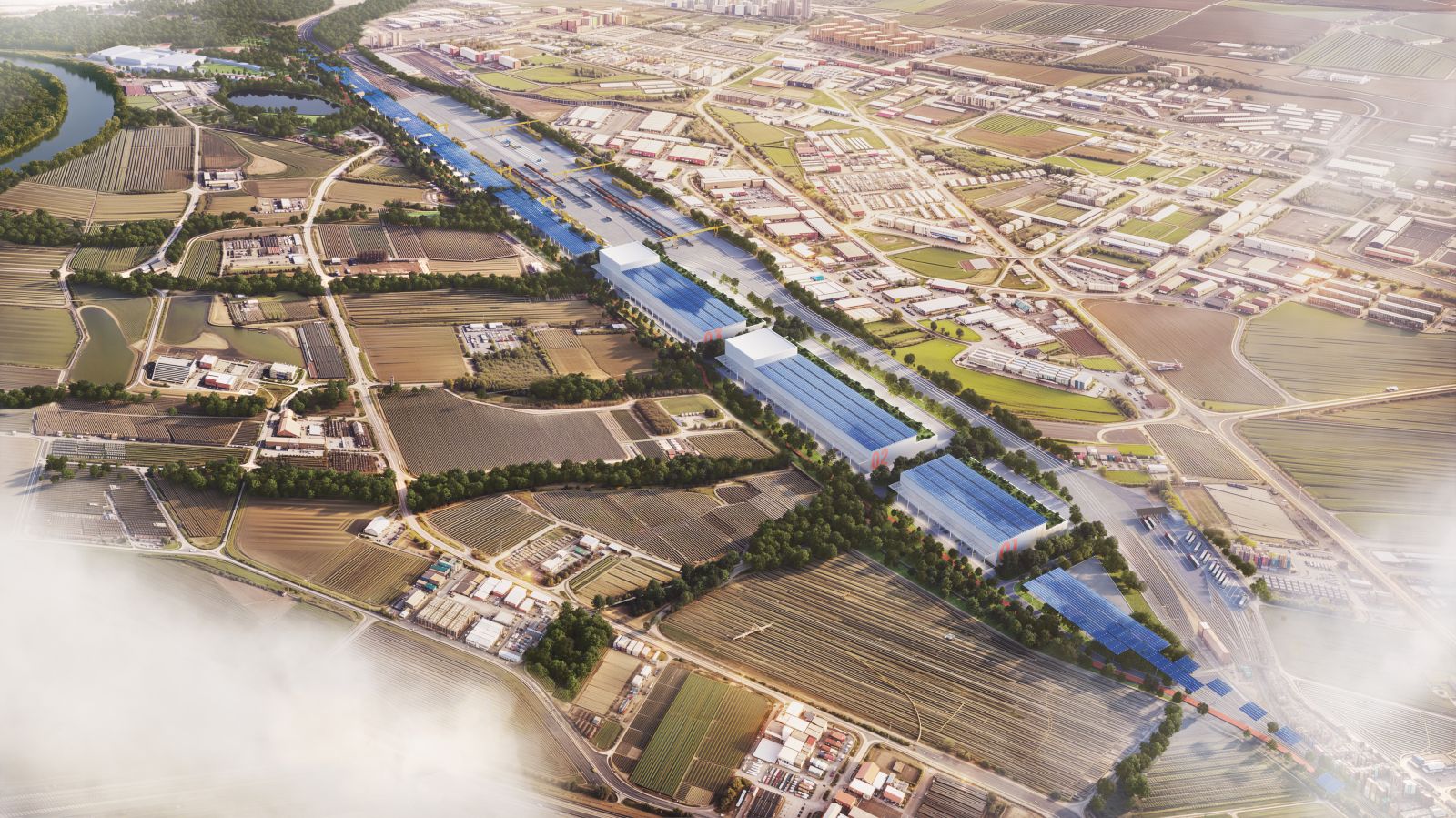A groundbreaking announcement is shaking up the landscape of architecture and urban planning in Italy: the X-Change project, set to transform a former railway area in the Piedmontese city, is preparing to become one of Southern Europe’s largest multimodal logistics hubs. But X-Change is much more than a mere freight sorting center; it is an ambitious experiment that aims to redefine the role of logistics infrastructures, deeply integrating them with urban life and environmental sustainability.

Led by a multidisciplinary team including CRA-Carlo Ratti Associati for urban planning and architecture, The Blossom Avenue Partners for logistics planning and land development, LAND for landscape architecture, GET Consulting for sustainability, and Mobiliter for transport and mobility, the project challenges the traditional concept of logistics hubs. Instead of being an isolated and zoned-off area, X-Change proposes itself as a true social infrastructure. The goal is to open up these structures, typically “introverted developments,” to the city, creating new spaces for innovation, experimentation, and community life. The project is developed by Gruppo VLD/Fabrizio Bertola in partnership with Prelios S.p.A. and CLF-Costruzioni Linee Ferroviarie S.p.A.

At the center of the design is a two-kilometer (1.25 miles) long walkable and bikeable photovoltaic solar canopy that not only generates clean energy for the hub but also forms “one of the largest photovoltaic-powered parks in Europe,” providing shade. The masterplan also envisions the creation of green public spaces, urban forestry, and cultural and civic hubs, transforming the site into a connective corridor between the former railyard and its nearby urban centers. A new park for residents, the “Parco del Movimento,” complements the agricultural landscape along the Tanaro River, with over five kilometers of cycling and pedestrian paths that will revitalize peripheral areas and improve urban mobility. In a further demonstration of urban integration, the former Trenitalia Officine shed site will become an extension of the university campus, featuring offices and incubators, thus promoting innovation and connectivity.

Alessandria’s strategic location was a key factor for the project. The hub leverages its “crossroads position,” connecting Genova’s port with the Alps and northern Europe, and from east to west, reaching Piacenza and its large logistic region. X-Change will become a contemporary interface to foster exchanges and intermodal transit, reducing journeys on roads and boosting freight travels on tracks, aligning with the most sustainable European trends and unifying the most relevant logistic hubs of northern Italy into a larger, inter-regional rail network. Alessandria also stands to become Genova’s backport thanks to new, upcoming, fast rail freight connections.

With X-Change, Alessandria not only prepares to become a crucial point for logistics but also positions itself as an exemplary model of how large infrastructures can be rethought to serve not only the flow of goods and data but also urban well-being, the environment, and community life. It demonstrates that innovation can be a bridge, not only for goods, but also between an industrial past and a greener, more connected future.


